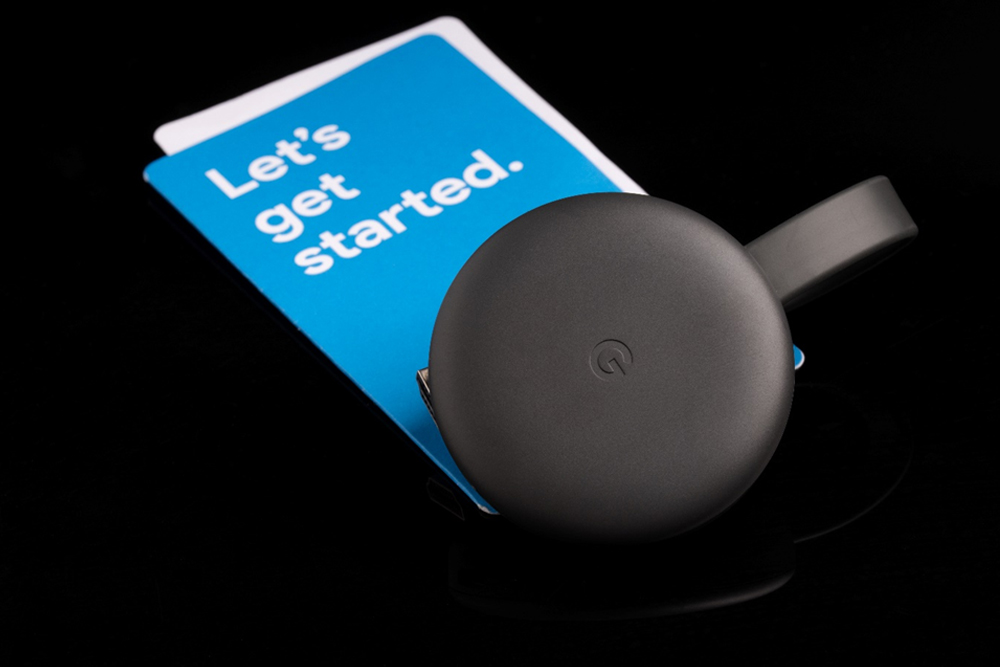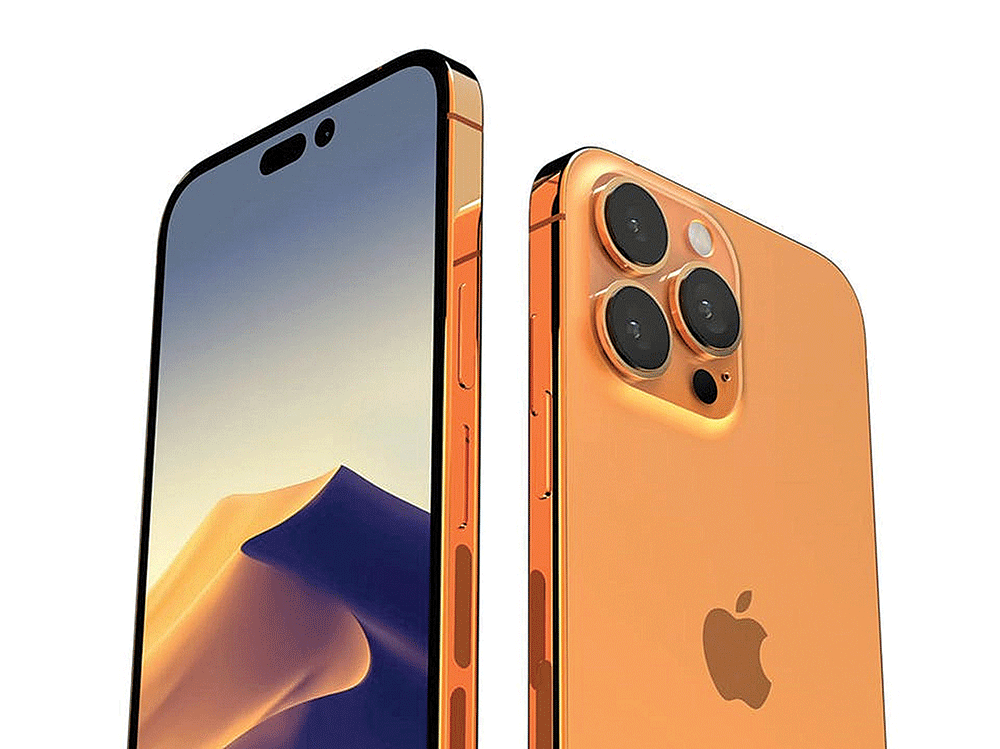
Windows 11 is almost here, and given that you are already a Windows 10 user the upgrade is free. After a slew of leaks and renders, Microsoft finally decided to officially announce their latest and greatest PC-grade operating system in mid-July via a virtual event. Sadly, the tech giant has not given us an official release date but it is expected to start rolling out in the Q4 of 2021, with Microsoft teasing that it could arrive as early as October. Still, if you are curious and really can’t wait for even a couple of months, you can still download the first Windows 11 Insider Preview. Just note that you’ll need to have a device with Windows 10 preinstalled and be a member of the Windows Insider Program, both of which can be done for free via their website. Please do keep in mind that the early preview is a beta version and likely has a few bugs.
DO NOT INSTALL THE BETA VERSION ON YOUR PRIMARY DEVICE. Don’t you worry, though! We’ve looked around and here’s all you need to know about the latest and greatest Windows operating system. Much like the smartphone space, there are only two major operating systems in the desktop computer space: Windows and macOS. Drawing that parallel further, there are bound to be a few UI elements and design choices that end up on both sides of the competition. With that being said, the Windows 11 design overhaul takes a few cues from the Apple side of things. It’s not just the taskbar, which funnily enough got renamed as the dock, moving to the center either. The whole UI is oddly reminiscent of macOS. Admittedly, the design is a lot cleaner thanks to the glassy finish and the rounded corners on the actual windows. The new dock is now “cloud powered,” so it will change depending on the content you have on your screen and the time of day. This also applies to the start menu and the new widgets panel on the left-hand side of the screen. Since the OS will support third party widgets as well, there will be tons of options to choose from. The UI is also more accommodating for touch input now and the quick settings menu resembles that of a mobile device. Moreover, there are better rotate optimisations so that you don’t lose track of your windows when you change orientations. The gesture commands from the trackpad will also be carried over to the touchscreen making tablet usage that much easier. The new Windows also launches with a system wide dark mode with vibrant wallpapers to go along with it. Personally, the most intuitive Windows 11 feature has to be the new multi-monitor support. For those of us who bring our laptops to work and use an extended monitor to make our workflow easier, the new OS will remember the positions of windows on your extended screen. When you then unplug the extra screen, the OS will automatically minimize said windows and put them back to where they were when you plug the screen again.
There are also snap layouts that enable users to neatly divide their windows across the screen, not just side by side, but in columns, sections, and more. You can even group your snaps such that you can launch those Snap Groups right from the dock. Other features include haptic feedback for a better stylus experience, a redesigned virtual keyboard with smaller keys just for your thumb, and emojis ready to be used. Microsoft says dictation will also be improved, alongside voice commands. And last but not least, Windows 11 will “natively” support Android apps. Actually, this happens to be one of the most exciting features of this new update. Microsoft has teamed up with Amazon’s version of the app store for Android. While you won’t find the entire Google Play Store down there, the overlap is significant. Rest assured, most of the apps you use on your phone will likely be there. This is huge news, especially for Windows tablets and 2-in-1 users. Microsoft hasn’t explained how they managed the cross-platform support, just that it does. Besides the aforementioned upgrades, there are a slew of minor upgrades peppered throughout the new operating system, and Microsoft has promised regular updates. As for the Windows 10 fan base, you can hold on to that version till 2015, after which Microsoft would discontinue support. No rush!






